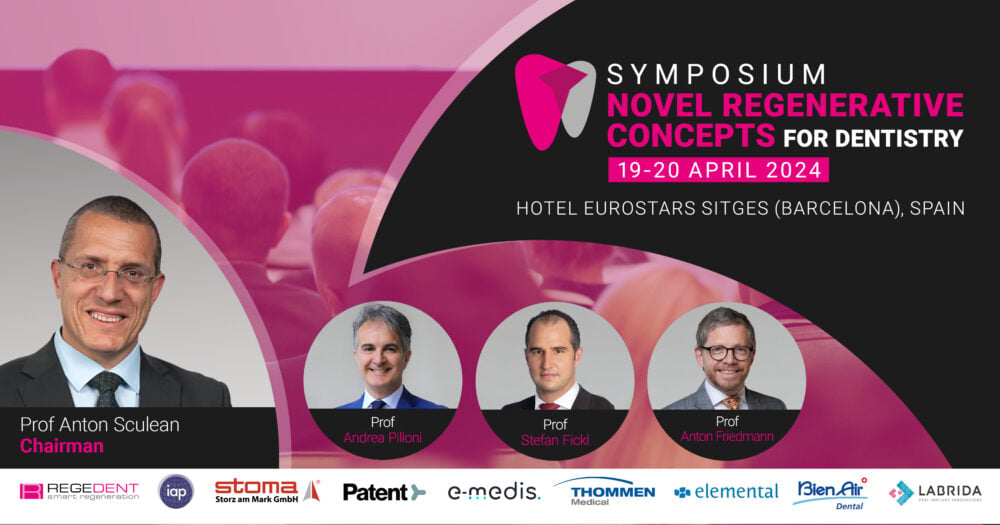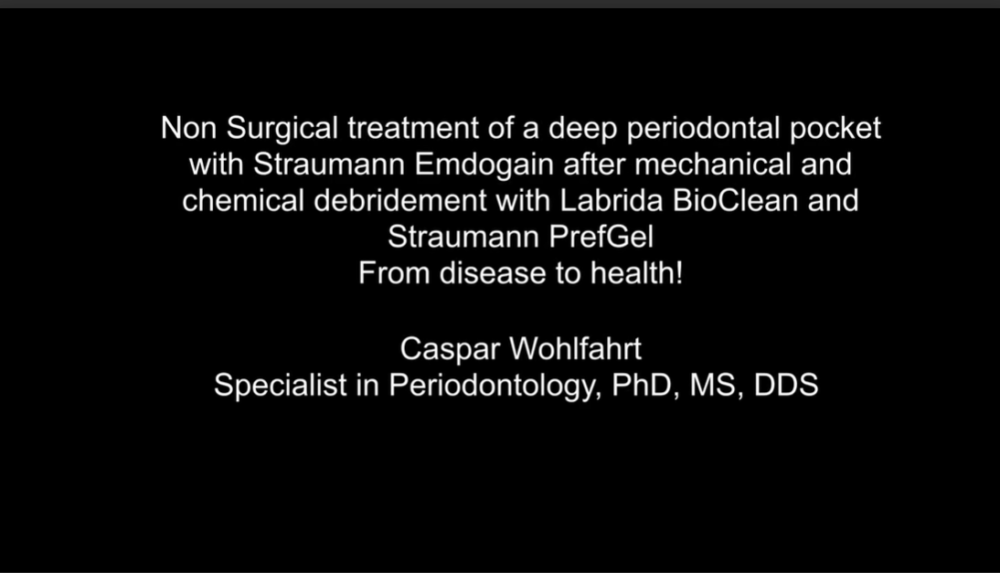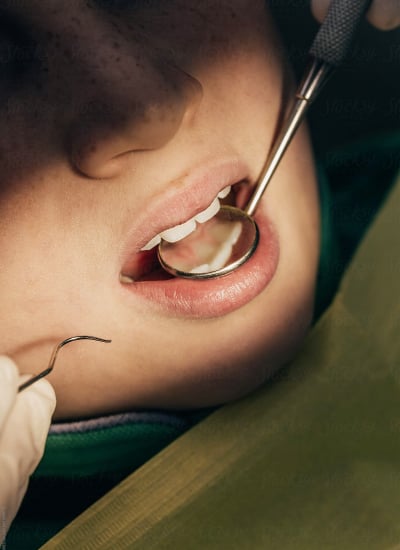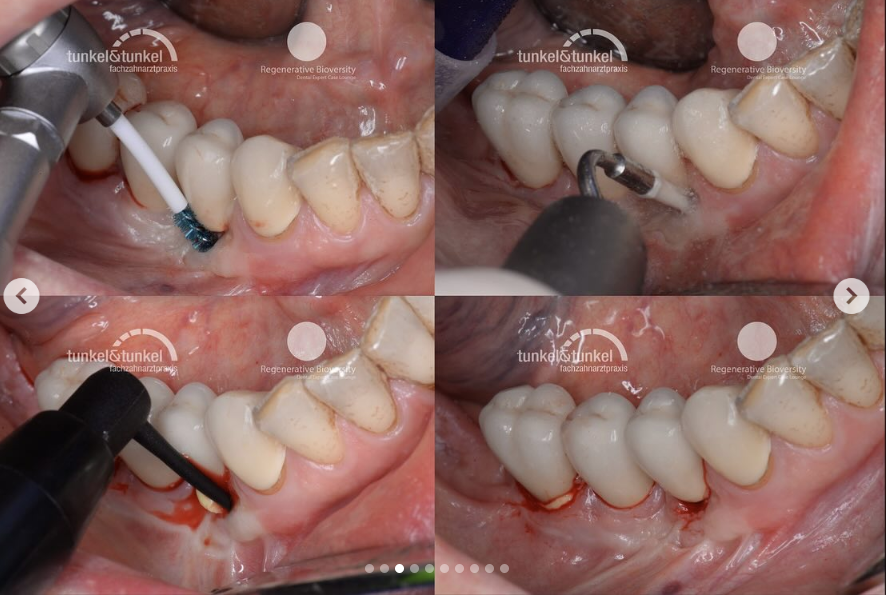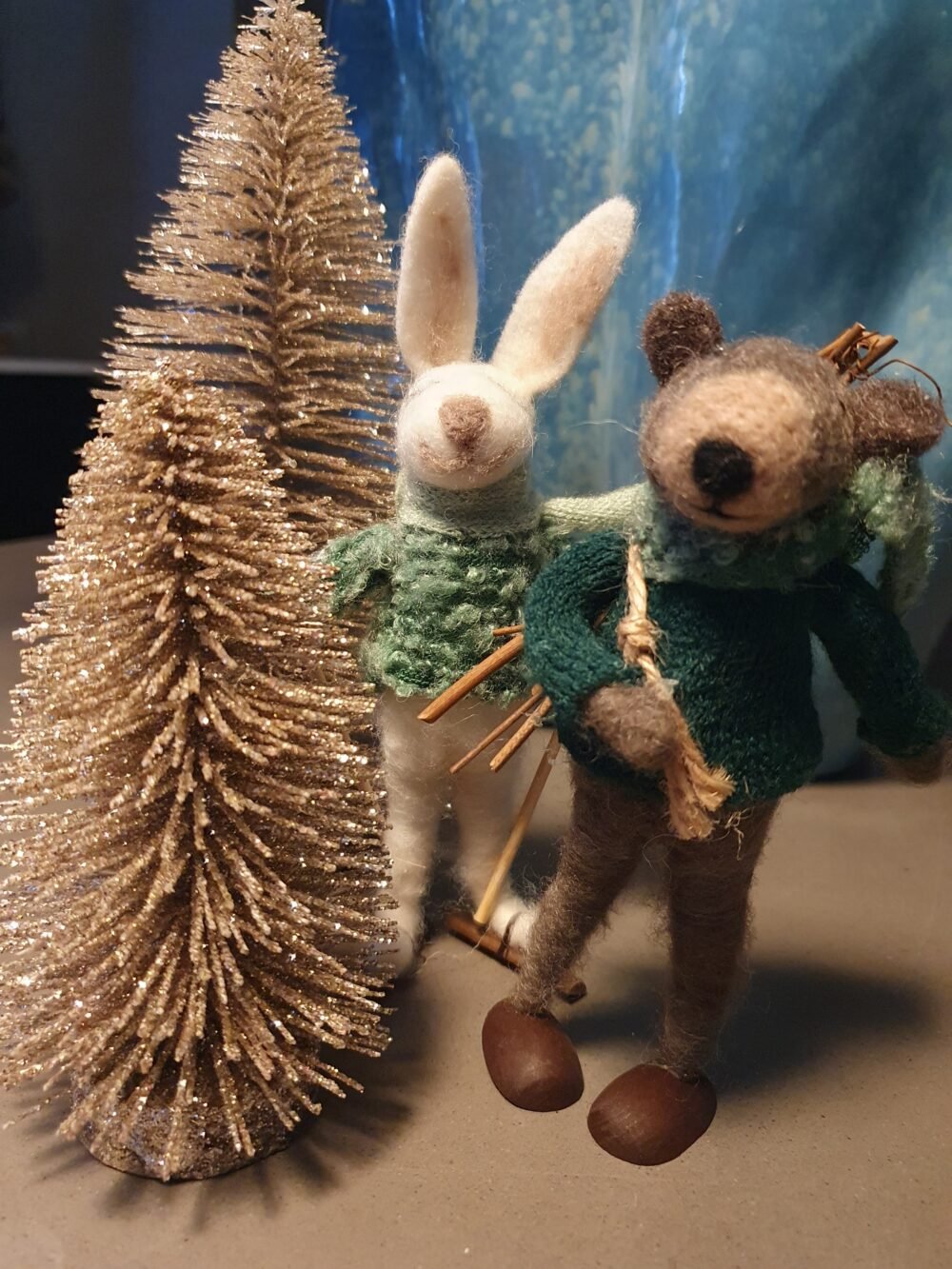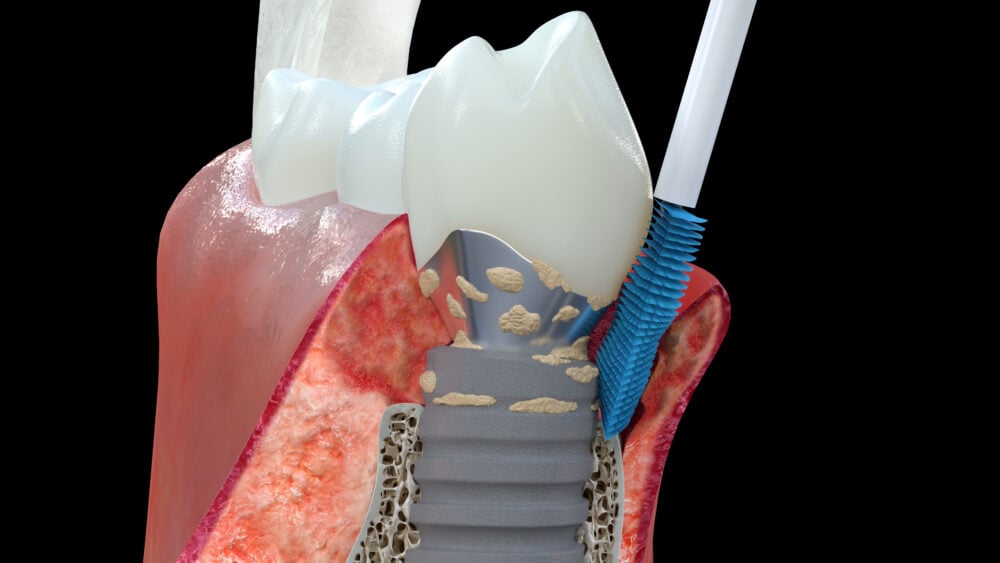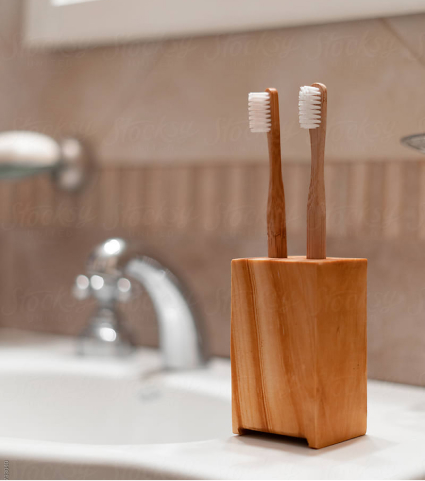
Labrida BioClean makes a difference! A randomized clinical trial using a chitosan device versus regular curettes.
Treatment of residual pockets using an oscillating chitosan device versus regular curettes alone showed promising results in randomized, feasibility parallel-arm clinical trial.
A brush made of chitosan has shown to be an effective and harmless device for non-surgical treatment of mild to moderate peri-implantitis. To date, no study has evaluated the use of a chitosan brush in the non-surgical treatment of residual pockets in periodontal treatment.
Seventy-eight patients with periodontitis were included in this multicenter, randomized, examiner-blind clinical trial of six months duration. Patients with residual probing pocket depth (PPD) of ≥ 5mm and ≤7 mm following previous active periodontal treatment were included. Patients were assigned either subgingival treatment with curettes (control) or an oscillating chitosan brush (test). Changes in bleeding on probing (BoP) and PPD between baseline and terminal evaluation at six months were evaluated.
A significant reduction in both PPD and BoP was seen within both groups. There was no significant difference in BoP between test and control groups after six months, but the reduction in PPD was significantly improved in the test group (p ≤ 0.01). The combined outcome of no BOP and PPD ≤4 mm was significantly better in the test group (p ≤ 0.01). No adverse reactions were seen.
Treatment of residual periodontal pockets (PPD = 5-7mm) with a chitosan brush disclosed equal or better clinical results as compared to regular curettes. This study supports that a chitosan brush can be used for subgingival biofilm removal and soft tissue curretage in the treatment of periodontitis.



